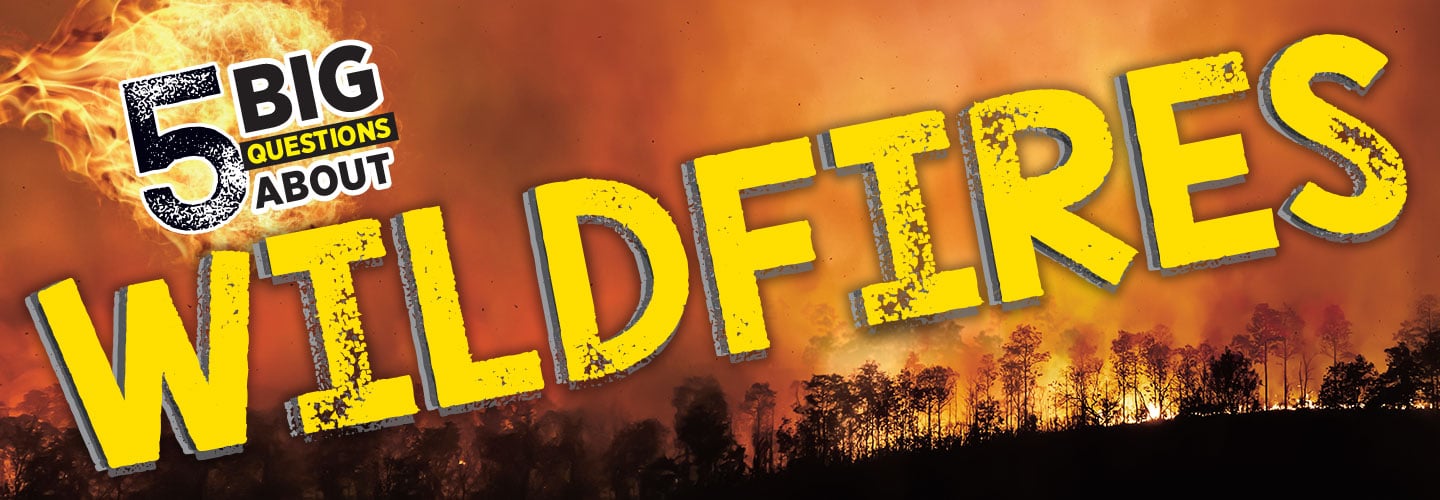Wildfires are fires that begin in wilderness areas, like forests. They can be hard to control. Some even spread to nearby towns.
Last year, thousands of wildfires burned more than 7 million acres across the United States. Western states were especially hard hit by the fires.

